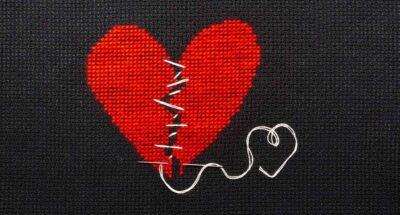
Eight Essentials When Forgiving
Make a list of people who have hurt you—and who you would like to forgive. Then, move through these eight steps to forgiveness at your own pace.

Make a list of people who have hurt you—and who you would like to forgive. Then, move through these eight steps to forgiveness at your own pace.
You will:
Make a list of people who have hurt you deeply enough to warrant the effort to forgive. You can do this by asking yourself on a 1-to-10 scale, How much pain do I have regarding the way this person treated me?, with 1 involving the least pain (but still significant enough to justify the time to forgive) and 10 involving the most pain. Then, order the people on this list from least painful to most painful. Start with the person lowest on this hierarchy (least painful).
Once you complete the forgiveness process with one person on your list, select the next person in line and move up that list until you are forgiving the person who hurt you the most.
Robert Enright, Ph.D., University of Wisconsin, Madison
Researchers compared several studies using Dr. Enright’s “process model of forgiveness,” which is similar to the steps outlined above. All the studies took place in a clinical setting including individual and group therapy. Therapies that used these methods were shown to be effective in increasing forgiveness and in decreasing negative psychological states such as anxiety and anger, compared to control groups. These were often long-term therapies, ranging from 6 to 60 weekly sessions, aimed at helping individuals cope with serious offenses.
Other studies indicate that practicing forgiveness can strengthen relationships and reduce toxic feelings of stress and anger and boost happiness and optimism. At the organizational level, forgiveness improves employee productivity and retention and also increases morale and trust among workers.
We have all suffered hurts and betrayals—many at the hands of our colleagues, which can impact how we feel about the culture of our school and the work we do with students and others. Choosing to forgive is a way to release the distress that arises again and again from the memory of these incidents, and can help shape a more connected school culture. But it’s important to remember that forgiveness is often a long and difficult process.
This exercise outlines several steps that are essential to the process of forgiveness, breaking it down into manageable components. These steps were created by Robert Enright, Ph.D., one of the world’s leading forgiveness researchers. Although the exact process of forgiveness may look different for different people, most anyone can still draw upon Dr. Enright’s basic principles. In certain cases, it may help to consult a trained clinician, especially if you are working through a traumatic event.

Do you want to dive deeper into the science behind our GGIE practices? Enroll in one of our online courses for educators!
Comments